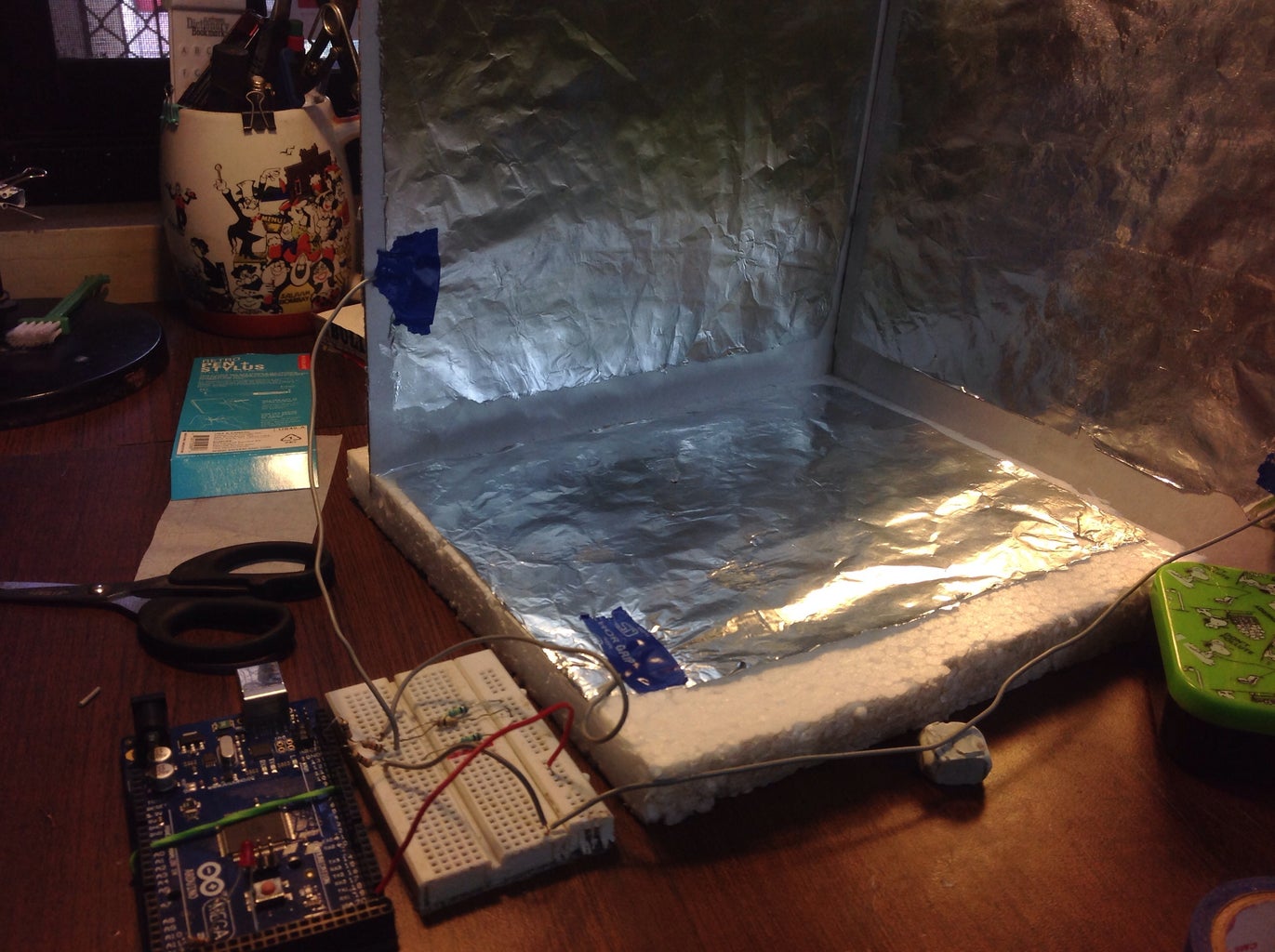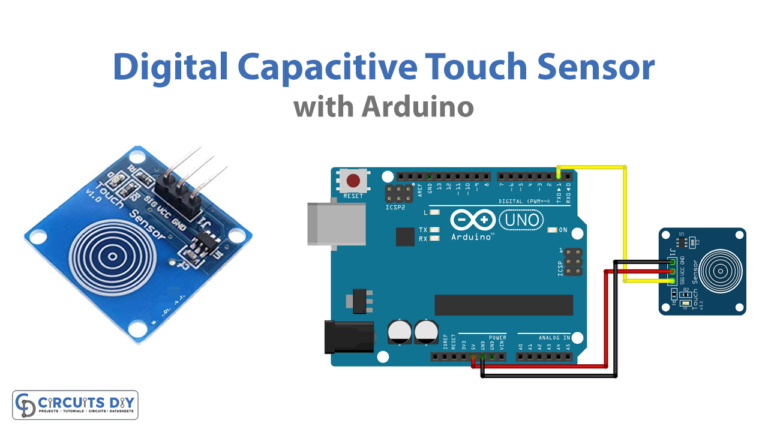Capacitive Touch Sensor Arduino Circuit Diagram In this blog post I talk about how you can use the TTP223B Capacitive Touch sensor with a WeMos D1 Mini (ESP8266) using the Arduino IDE. In this tutorial, I will show how to use an Arduino for touch and capacitive sensing. Not just touch, but to detect the force exerted and the distance from the finger too. I will briefly explain the theory and then build a touch sensitive circuit with a simple wire, resistor and LED along with the Arduino. Let's get started!

NodeMCU-Based IoT Project: Connecting Touch Sensor The goal of this tutorial is to enable you to capture and send data to cloud from NodeMCU. Finally, we'll answer your questions in our live Q and A. Why should I use capacitive touch sensors? - 2:46 How does a capacitive touchscreen work? How does a touch sensor work? - 8:34 How to build a basic capacitive touch sensor? - 10:20 What is a gerber file? - 11:54 Is mTouch still used? What is mTouch? Networking: Combine touch input with the ESP32's Wi-Fi capabilities to send data to a server or control IoT devices remotely. Multiple Sensors: Integrate multiple touch sensors for more complex applications, such as touch-sensitive keyboards.

Raspberry Pi Tutorial - Tutorials for Newbies Circuit Diagram
A capacitive touch sensor, also known as a touch button or touch switch, is frequently used to operate devices (e.g. a touchable lamp). It has the same purpose as a button. A capacitive touch sensor, also known as a touch button or touch switch, is a commonly used device to control other gadgets, such as a touchable lamp. It performs the same function as a button, but is often chosen over a button for modern devices in order to give them a more polished appearance. The Touch Sensor Pinout The touch sensor has With Adafruit's capacitive touch boards you can use a wide range of objects as inputs for your Raspberry Pi. This guide shows you how to setup Adafruit's capacitive touch boards with Python and includes some example projects with Minecraft: Pi Edition.
